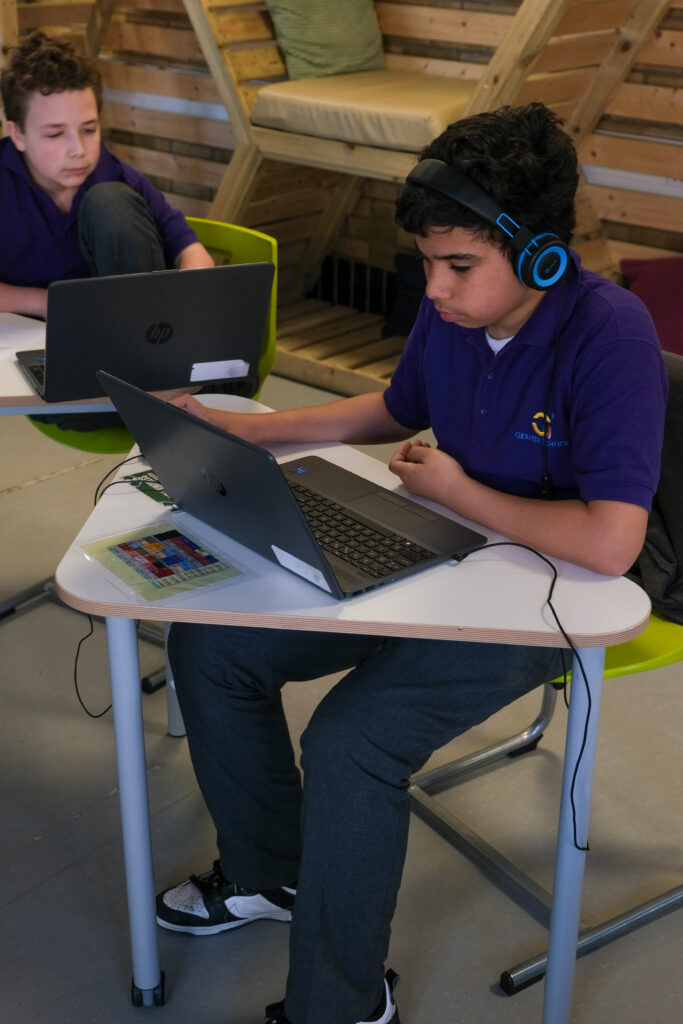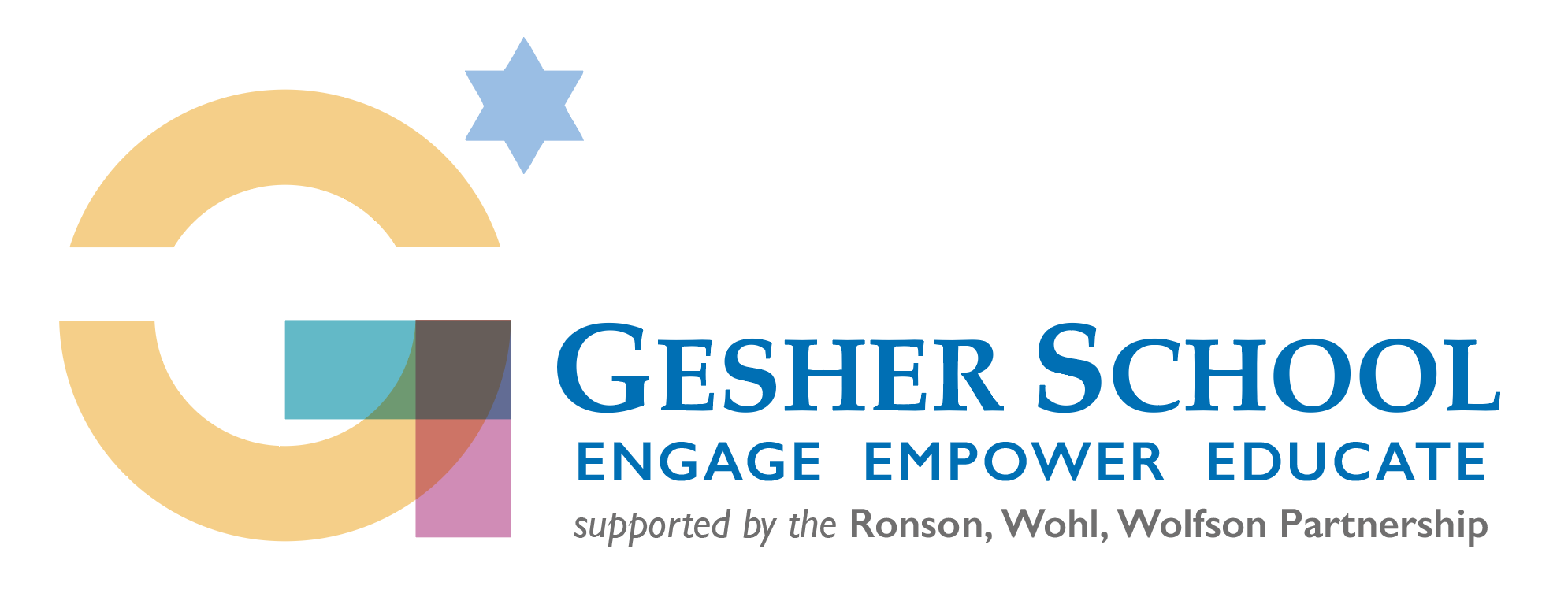What If…A National ‘Open School’ Became a Reality for Every Young Learner?
Dr Fiona Aubrey-Smith
This article is a little different. Its focus is not on changes to existing school practices. It is about establishing a very different model of learning which, international evidence shows, can be much more accessible for some groups of learners who find the learning conventions of school difficult.
This might include many of those currently long-term absent; or some SEND students with needs not well met in mainstream; or those with physical difficulties, or anxiety challenges. Put simply, the Open University transformed learning for literally thousands of learners whose personal and/or learning needs were better met by its approaches and flexibilities.
Highly successful Open Schools exist around the world, working in harmony with and adding value to the mainstream system. On the theme of Reimagining School, here is food for thought.
The article sets out a vision for The Open School highlighting how, as with The Open University, its establishment could address many of the challenges and opportunities that exist in education by adding possibilities and value for all learners, without disrupting or competing with existing schools.
 What if…
What if…
We can do so much better for our young people, can’t we? As Prime Minister Sir Keir Starmer said recently, education needs to be reformed so that “children have more control of their future”. Although actually, shouldn’t we go one step further and give children more control of what they do today, not just a future that sits on an unspecified horizon?
The article sets out a vision for The Open School highlighting how, as with The Open University, its establishment could address many of the challenges and opportunities that exist in education by adding possibilities and value for all learners, without disrupting or competing with existing schools.
What if…
We can do so much better for our young people, can’t we? As Prime Minister Sir Keir Starmer said recently, education needs to be reformed so that “children have more control of their future”. Although actually, shouldn’t we go one step further and give children more control of what they do today, not just a future that sits on an unspecified horizon?
What if… every young person – whatever their background or location – had access to vocational, recreational, creative, competitive and aspirational learning?
What if… we removed that arbitrary separation between curriculum and extra-curricular?
What if… we intelligently used contemporary technologies to make learning more personalised, more accessible, more connected, and more relevant to the world that young people actually live in?
If as adults, we embrace the benefits of on-demand, personalised, anywhere/anytime tools that help us with our tasks and priorities, why would we prevent young people from safely utilising those same tools?
What if… young people’s aspirations (not just our targets for them), were mapped to opportunities, coached, and nurtured through properly joined-up provision?
What if… the curriculum and qualification pathways available to young people could break free from the shackles of location, of teacher capacity, of time and local socioeconomics?
If a child attends a small school or a school that is not yet thriving, why would we accept that their subject and qualification options will be much narrower than a child in a neighbouring school?
What if… the career pathways for our teaching workforce were not constrained by the structures of time, place and imagination?
If we have an inspirational physics teacher in one school and a vacancy in another, why would we accept the inequality that creates for the children involved rather than use technology to connect the two together?
You know the saying that “it takes a village to educate a child”? Well, what if… we removed some of the unnecessary barriers and empowered young people to access the wide range of support networks that already exist – within, and beyond their physical or ‘home’ school.
A Clear Vision to Meet This Ambition
In their 2020 article in The Guardian, Tim Brighouse and Bob Moon spoke about the life-changing impact The Open University has had for adults – democratising access to learning through structured anytime/anywhere provision, and meaningful student/tutor relationships.
However, when the idea of The Open University was originally proposed, it wasn’t welcomed by people whose identities were tied to traditional models. It took time, but The Open University has since helped to revolutionise the very idea of what ‘going to university’ can mean.
So imagine what impact an Open School could have for children and young people who struggle with traditional school, or cannot attend for a range of reasons, or for those who are eager to study something not offered by their home school.
What might an Open School be like?
An Open School would have learners of all ages at its core but would be especially targeted towards school-age children. It could function both online and in person through a regionally coordinated structure. Materials would be available 24/7.
Learners would belong to a cohort with a teacher/mentor, but also join wider large-scale learning sessions exploring big ideas and interest-led discussion groups with pupils from elsewhere.
The Open School would not replace but would complement existing schools. It would have a parallel, interlinked school programme meaning school-based learners could draw on components, but The Open School offer would also be more extensive and varied, providing learning opportunities not widely available in mainstream schools.
It would draw in businesses, community and cultural organisations, providing a blend of learning experiences and building programmes around learners’ personal interests, aptitudes, passions and ambitions, supported by teachers who will point youngsters that they know well in the right directions for their individual learning programme.
Adapted from Tim Brighouse and Mick Waters (2022) About Our Schools: Improving on Previous Best Crown House Publishing.
From Vision to Reality
Over the last few years, a growing group of influential education leaders have been working hard in the background to make The Open School aspiration into a reality. Voices across the sector have fed into discussions and design thinking which has touched upon funding and operational models, governance and accountability, partnerships and communications. We are incredibly excited that seven regional pathfinder projects are about to be launched, which will build further momentum for this work.
Together, we can make this happen.
Together, we can give back control to the young people whose lives we are all ultimately here to serve.
Named in 2024 as one of the Top 5 Visionary Women in Education, Dr Fiona Aubrey-Smith is an award-winning teacher, leader and academic with a passion for supporting those who work with children and young people. As Founder of PedTech and Director of One Life Learning, Fiona works closely with schools and trusts, professional learning providers and EdTech companies. She is also an Associate Lecturer, PhD supervisor and Consultant Researcher at a number of universities, and sits on the board of a number of multi-academy and charitable trusts.
Professional Prompts
This article is future-focused, so the prompts below are designed for conversation with colleagues:
1. Does the idea of an Open School make sense to you? Why or why not?
2. If a ‘regional hub’ of an Open School existed in your area, which of your students do you think might benefit? How? Why?
3. How might an Open School result in wider changes in the education system?

